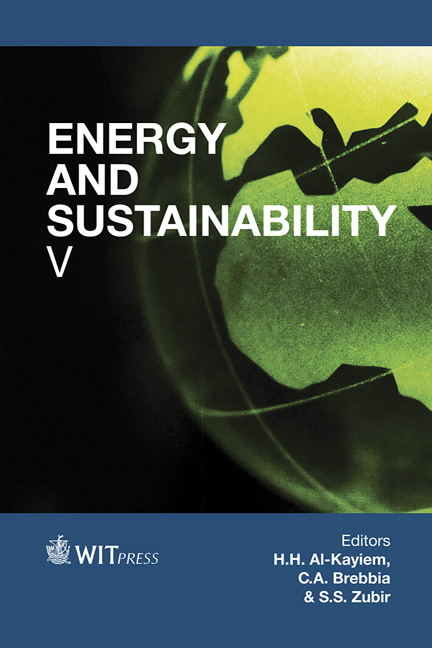The Prospects Of The Use Of Thin-film Heat-insulation Coatings For The Protection Of The Pipelines Of Heating Systems And Power Equipment
Price
Free (open access)
Transaction
Volume
186
Pages
7
Page Range
711 - 717
Published
2015
Size
549 kb
Paper DOI
10.2495/ESUS140631
Copyright
WIT Press
Author(s)
A. V. Volkov, N. A. Loginova, A. F. Pristshepov
Abstract
Heat loss in the heat supply systems of the Russian Federation reaches 300 million Gcal a year during transport. Excess heat loss is mostly due to the poor condition of the thermal insulation assemblies of pipelines and power equipment. Modern requirements for heat insulation coatings stipulate that they possess low thermal conductivity values, high mechanical properties, resistance to alternating loads and a vibration. The dynamics of market growth for thin-film heat-insulation coatings is positive today. Thin-film heat-insulation coatings are created by using hollow microspheres and various binders. Opinions of experts about the efficiency of their use differ. Generally, this is due to little research on thin-film heatinsulation coatings. Tests were conducted to determine the effects of various kinds of microspheres and binders on the mechanical and thermal characteristics of thin-film heat-insulation coatings. This was done to understand the efficiency of the use of thin-film heat-insulation coatings for heating systems and power equipment. During the testing of thin-film thermal insulation coatings, the conditions were simulated to be the same as the real operating conditions of pipeline heating systems and power equipment. The test results show the efficiency of thin-film heat-insulation coatings on the base of hollow glass microspheres and polymer binders. The use of such kinds of thin-film heatinsulation coatings allows for the reduction of heat loss from the surfaces of the pipelines and power equipment, which improves the mechanical properties of the coatings in comparison to the use of traditional materials.
Keywords
heat supply, heat insulation, heat networks, pipelines, heat conductivity coefficient, thin-film heat-insulation coatings, adhesion





